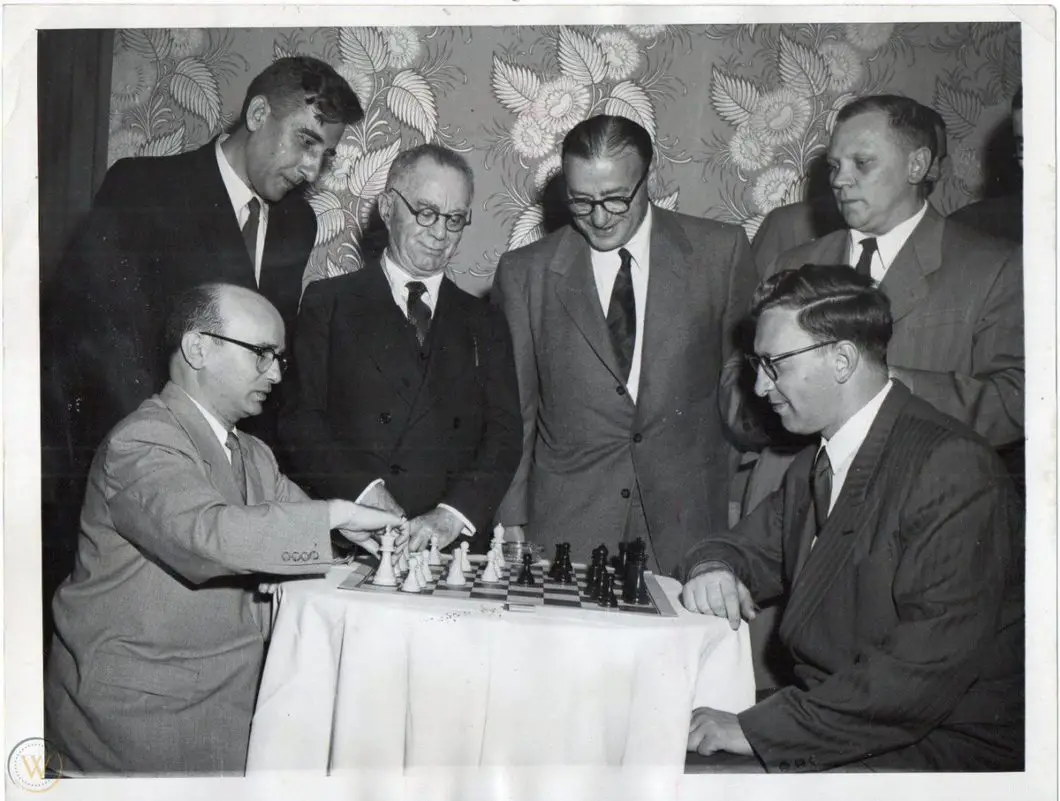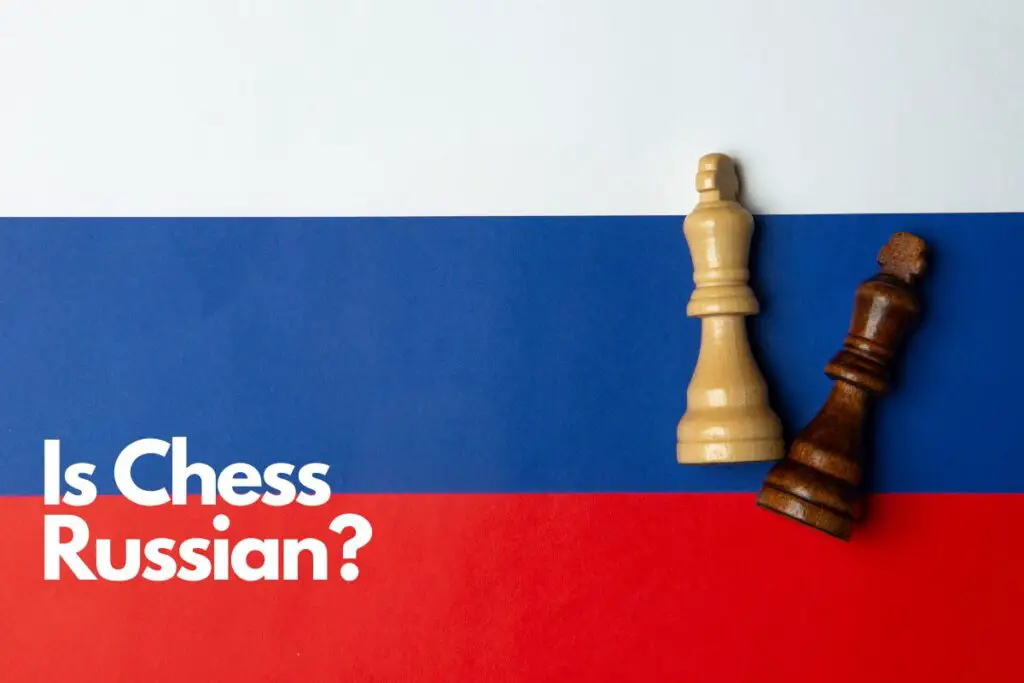Chess has a rich history in many countries around the world. However, Russia has a particularly strong connection to the game, with a long and storied history of producing some of the world’s best chess players.
In this answer, we will explore the reasons behind the popularity of chess in Russia, as well as the factors that have contributed to the country’s success in the game.
The History of Chess in Russia
Chess likely arrived in Russia via the Volga-Caspian trade route in the 9th century. Over time, the game became increasingly popular, with unique chess pieces made by Novgorod masters in the 14th century being discovered.
Many Russian rulers, such as Ivan IV the Terrible and Peter the Great, were also fond of chess and played the game regularly. However, it was during the Soviet era that chess truly flourished in Russia.
The Soviet Era and Chess
The Soviet state played a significant role in the development of chess, with Vladimir Lenin being an amateur chess player and the government supporting the game as a national pastime.
The Soviet chess school was known for its fast-paced, daring style of play, exemplified by players like David Not and Mikhail Botvinnik.
The Soviet Union also hosted many international chess tournaments, which helped to raise the profile of the game and attract new players.
Russia’s Success in Chess
Russia’s long history with chess, cultural influences, and government support have all contributed to the country’s success in the game.
Russia has produced more grandmasters and world champions than any other country, and its players have significantly enriched the game.
Some of the most famous Russian chess players include Anatoly Karpov, Garry Kasparov, and Sergey Karjakin.
One factor that has contributed to Russia’s success in chess is the country’s strong chess education system. Many Russian schools have chess clubs, and the game is often taught as part of the curriculum.
This has helped to create a culture of chess in Russia, with many young people taking up the game and developing their skills from an early age.
Another factor that has contributed to Russia’s success in chess is the country’s unique style of play.
Russian chess players are known for their aggressive, attacking style, which often catches their opponents off guard. This style of play has been developed over many years and is a reflection of the country’s cultural and historical influences.
What are the main characteristics of the soviet school of chess?
The Soviet school of chess was not defined by a particular style of play, but rather by an emphasis on rigorous training and study of the game, treating chess as a sport rather than an art or science.
The Soviet school of chess was supported by state leaders in the USSR as a national pastime, and its popularity among Bolshevik leaders contributed to this.
The Soviet school of chess produced hundreds of grandmasters and dozens of world champions, and its primary feature was the importance placed on relentless study and training, treating chess more as a science than an art.
The Soviet school of chess emphasized a deep understanding of chess principles over rote memorization and promoted a culture of chess through magazines, high social status, and cutthroat competition.
The Soviet school of chess existed against the backdrop of the brutal Stalinist regime, and was inseparable from it.
Who were the most famous soviet chess players?

Some of the most famous Soviet chess players include:
- Alexander Alekhine (1892 – 1946): A Russian and French chess player, he was the fourth World Chess Champion.
- Mikhail Botvinnik (1911 – 1995): A Soviet and Russian chess player, he was the sixth World Chess Champion.
- Vasily Smyslov (1921 – 2010): A Soviet and Russian chess player, he was the seventh World Chess Champion.
- Mikhail Tal (1936 – 1992): A Soviet Latvian chess player, he was the eighth World Chess Champion.
- Tigran Petrosian (1929 – 1984): An Armenian Soviet chess player, he was the ninth World Chess Champion.
- Boris Spassky (1937 – ): A Russian-French chess player, he was the tenth World Chess Champion.
- Anatoly Karpov (1951 – ): A Russian chess player, he was the twelfth World Chess Champion.
- Garry Kasparov (1963 – ): A Russian chess player, he was the thirteenth World Chess Champion
These players were not only influential in the world of chess but also contributed to the dominance of the Soviet school of chess during the 20th century.
How did the soviet school of chess influence modern chess?
The Soviet school of chess has had a significant influence on modern chess in various ways:
- Emphasis on rigorous training and study: The Soviet school of chess was known for its focus on intense training and study of the game, treating chess as a sport rather than an art or science. This approach has had a lasting impact on the way chess players approach the game and prepare for competitions.
- Chess as a national pastime: The Soviet school of chess was supported by state leaders in the USSR, making chess a national pastime and promoting a rich chess culture. This has led to a widespread interest in chess in many countries, including Russia and several former Soviet republics.
- Producing world champions: The Soviet school of chess produced numerous world chess champions, including Mikhail Botvinnik, Vasily Smyslov, Mikhail Tal, Tigran Petrosian, Boris Spassky, Anatoly Karpov, and Garry Kasparov
- Influence on chess content: The presence of strong players in the USSR led to the production of high-quality chess content, such as magazines and books, which were used as propaganda and influenced chess players worldwide
- International influence: The Soviet Union’s foreign policy during the Cold War led to the spread of chess in countries around the world, as a way to gain favor with politicians and populations. This has contributed to the globalization of chess and the emergence of new chess powers.
- Chess education: The Soviet school of chess emphasized the importance of chess in education, with chess finding a place in the curriculum of state schools and the use of qualified tutors to enhance thinking skills. This focus on chess education has left a lasting impact on the way chess is taught and learned in many countries.
While the Soviet school of chess has lost some of its prominence in recent years, its influence on modern chess remains evident in the rigorous training methods, the focus on education, and the worldwide interest in the game.
Conclusion
In conclusion, while chess is not exclusively Russian, the country has a long and storied history with the game.
Russia’s cultural connections, government support, and strong chess education system have all contributed to the country’s success in the game.
Russian chess players are known for their unique style of play, which has helped to make the game even more exciting and dynamic.
Overall, Russia’s love of chess has enriched the game and helped to make it the global phenomenon that it is today.


